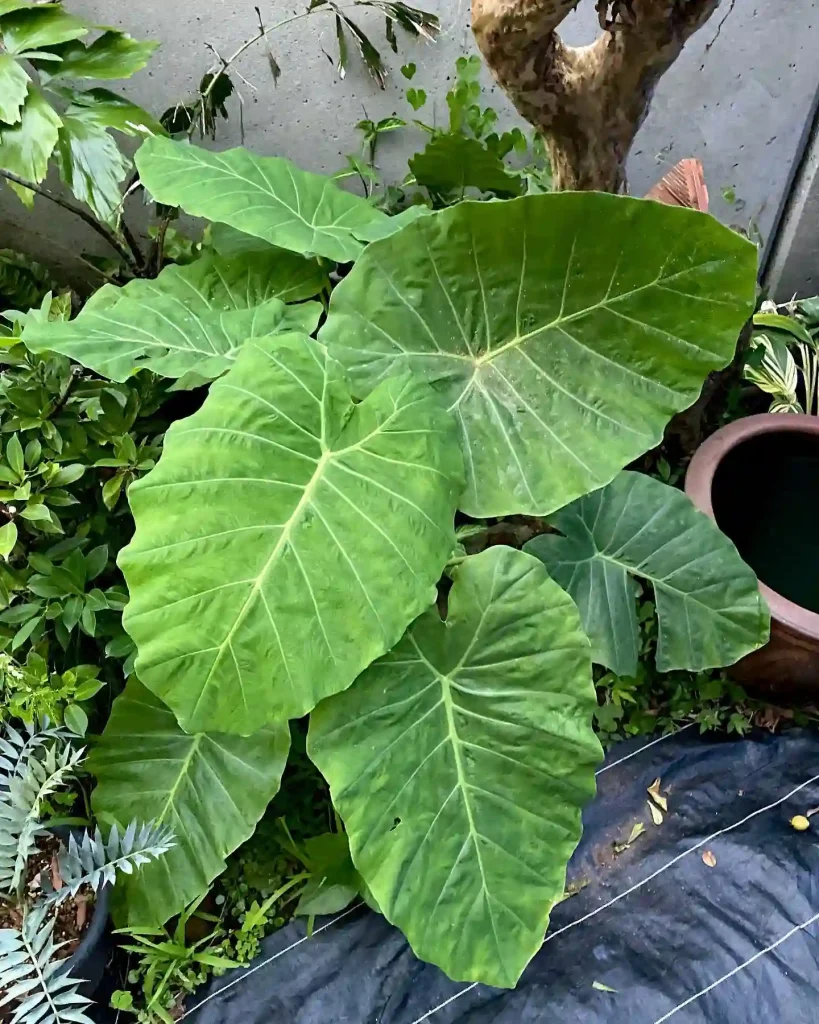Tillandsia Tricolepsis: A Rare and Enchanting Air Plant
Hi, Ferb Vu here! Today, we’re diving into the world of air plants, specifically the captivating Tillandsia Tricolepsis. This rare gem has stolen the hearts of many plant enthusiasts, and for good reason. Let’s unravel its secrets and answer some burning questions you might have.
690 Species in Genus Tillandsia – Air Plants
What is Tillandsia Tricolepsis?
Tillandsia Tricolepsis is an air plant belonging to the Bromeliaceae family. Native to South America, it thrives in countries like Bolivia, Paraguay, Argentina, and Brazil. Unlike most plants, Tillandsia Tricolepsis doesn’t require soil. It gets its water and nutrients from the air through tiny scales on its leaves. This unique adaptation makes it an epiphyte, often clinging to trees or rocks in the wild.
What Makes Tillandsia Tricolepsis Special?
Several things set Tillandsia Tricolepsis apart. Firstly, its rarity adds a touch of exclusivity to any collection. But beyond that, its captivating looks steal the show. The leaves boast a graceful, curling form, often described as “clumping.” They come in a range of vibrant shades, from a soft green to a stunning burgundy. During bloom, Tillandsia Tricolepsis erupts in a vibrant display of pink or purple flowers, adding a pop of color to your space.
Tillandsia Tricolepsis vs. Other Air Plants: What’s the Difference?
While Tillandsia Tricolepsis shares some characteristics with other air plants, there are key differences. Here’s a quick comparison:
- Tillandsia Ionantha: This popular air plant is known for its spiky, silvery leaves. It thrives in brighter light compared to Tillandsia Tricolepsis, which prefers filtered light.
- Tillandsia Xerographica: Nicknamed the “Silver Ball” air plant, Tillandsia Xerographica has a dramatic, spherical shape with grayish-green leaves. It requires less frequent watering than Tillandsia Tricolepsis.
- Tillandsia Capitate: This air plant forms a beautiful, cascading rosette of green leaves. It’s a faster grower compared to Tillandsia Tricolepsis and might require repotting (mounting) more frequently.
Caring for Your Tillandsia Tricolepsis: A Beginner’s Guide
Tillandsia Tricolepsis is a relatively easy plant to care for, making it perfect for beginners. Here are some key tips:
- Light: Provide bright, indirect light. Avoid harsh afternoon sun, which can scorch the leaves.
- Watering: Soak your Tillandsia Tricolepsis for 10-15 minutes 2-3 times a week. Allow it to dry completely between waterings. Good air circulation is crucial to prevent rot.
- Humidity: While Tillandsia Tricolepsis can tolerate average humidity levels, misting it occasionally, especially in dry climates, can be beneficial.
- Fertilizing: Use a diluted bromeliad fertilizer once a month during the growing season (spring and summer).
Mounting Your Tillandsia Tricolepsis: Creative Inspiration
Since Tillandsia Tricolepsis doesn’t need soil, you can get creative with how you display it. Here are some ideas:
- Driftwood: Mount your Tillandsia Tricolepsis on a piece of driftwood for a natural, whimsical look.
- Seashells: Nest your air plant in a beautiful seashell for a coastal vibe.
- Terrarium: Create a miniature world by housing your Tillandsia Tricolepsis in a glass terrarium.
- Air Plant Hanger: Hang your Tillandsia Tricolepsis from the ceiling or a wall for a space-saving display.
Common Problems with Tillandsia Tricolepsis: Troubleshooting
While Tillandsia Tricolepsis is a low-maintenance plant, here are some common issues you might encounter:
- Brown Leaves: This can be caused by overwatering, insufficient light, or lack of air circulation.
- Drooping Leaves: Dehydration is the most likely culprit. Increase watering frequency or misting.
- Lack of Blooms: This could be due to insufficient light or improper fertilization.
Conclusion: The Allure of Tillandsia Tricolepsis
With its captivating looks, unique air-dwelling nature, and relatively easy care requirements, Tillandsia Tricolepsis is a true gem for plant enthusiasts. So, if you’re looking for a conversation starter and a touch of the extraordinary in your home, consider welcoming this rare beauty into your collection. Remember, with a little love and attention, your Tillandsia Tricolepsis will thrive for years to come.
If i die, water my plants!



